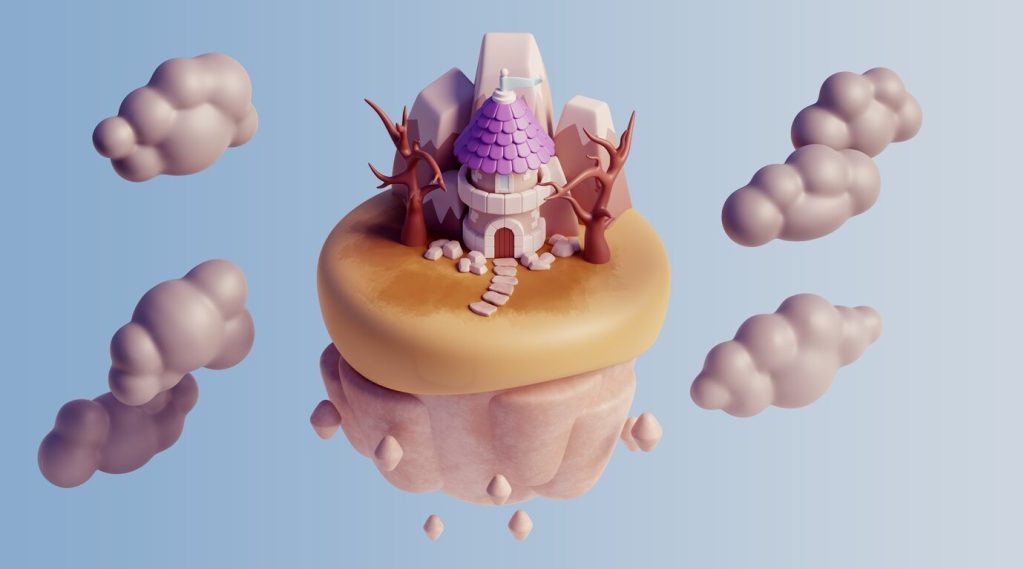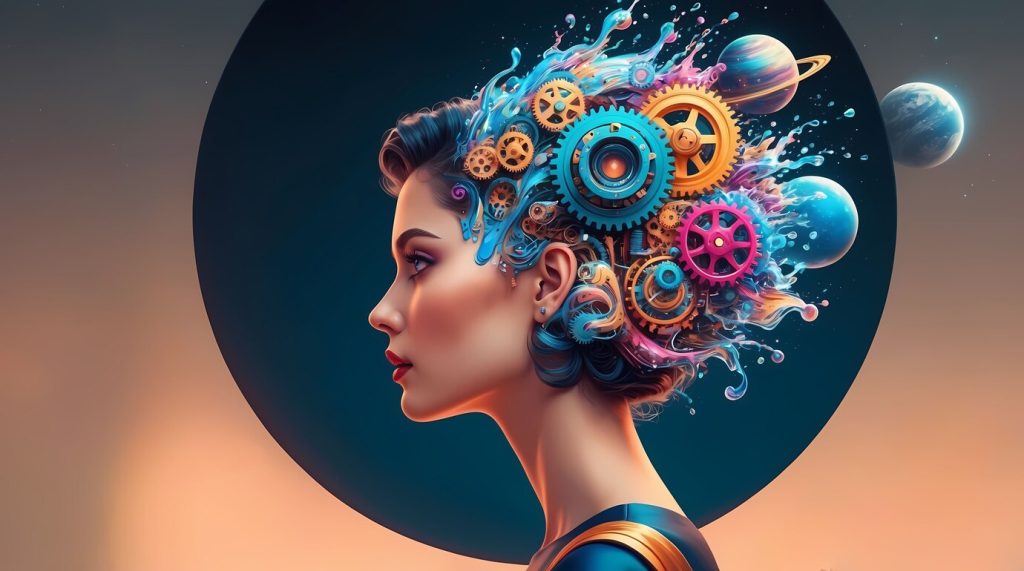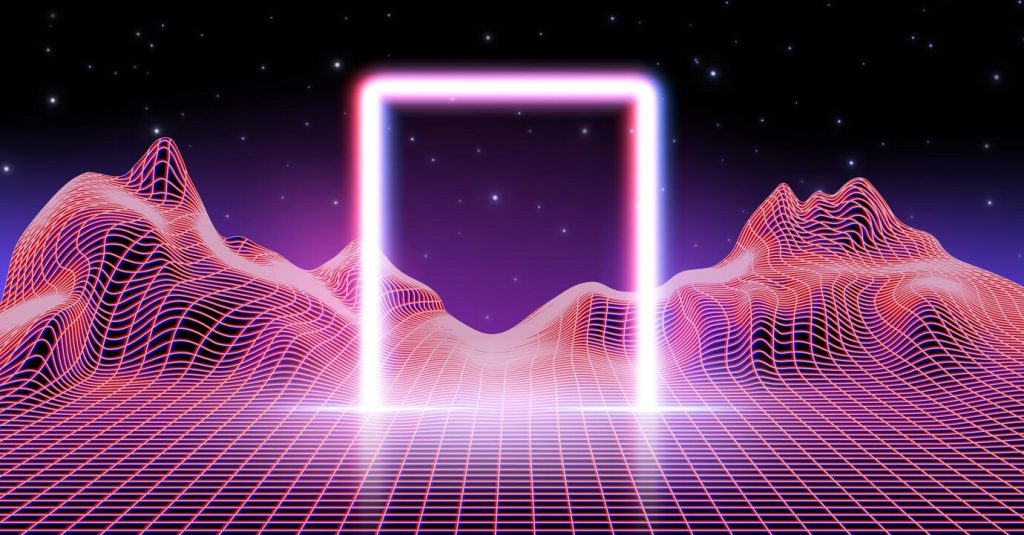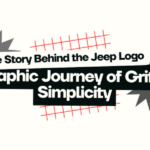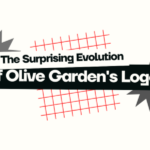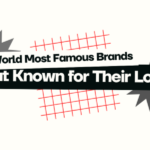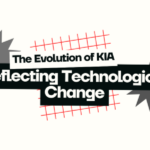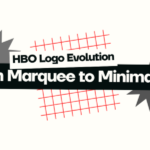Graphics design trends 2025 are more interactive, dynamic, and revolutionary than ever. As technology advances at a rapid pace, consumer behavior changes as well. Creativity is at an all-time high, making design a powerful way to connect with others.
Now, graphics aren’t only a visual effect—they’re emotions. Every line, color, and texture connects with people on a psychological level. Designers blend tech with emotion. They do this with high-tech logos and realistic computer graphics. They create visuals that provoke mental and visual responses.
Marketers, entrepreneurs, and designers must pay attention to these trends. It’s not smart; it’s essential. Attention is very competitive. Creating interesting, trendy images gives you an edge. Knowing current design trends helps you create work that stands out. Building a brand identity is key. So is launching a marketing campaign. Interacting on social media matters too.
Here are the 10 top graphic design trends for 2025. They are reshaping creativity and guiding us into the future of visual communication.
1. The Rise of 3D Surrealism
3D surrealism graphic design 2025 has been picking up the pace, but in 2025, it will blow up. Get ready for super-realistic images! They blur the lines between fantasy and reality. You’ll see objects floating in mid-air, distorted proportions, and dreamscapes. The trend focuses on pushing perception’s limits. It creates images that immerse the viewer and evoke a sense of another world.
With AI and 3D rendering, designers can create amazing designs in a short amount of time. Brands are using 3D surrealism in graphic design. This helps them promote themselves, their packaging, and their social media. It has a strong impact. 3D surrealism helps brands create eye-catching stories. It features models floating in mid-air and products in impossible worlds. This style gives advertisements a visually striking and unique appearance.
The entertainment and gaming industries are leading this trend. They use surreal 3D images in ads. They also use them in promotions, user experiences, and interactive content. As AR and VR technology spreads, surreal 3D images will fill entire virtual worlds. This will offer consumers fresh and exciting views.
Designers are pushing boundaries with 3D surrealism. They create NFT artwork and immersive virtual realities. In these spaces, clients experience art in ways they never imagined. As the metaverse grows and finds its identity, we can expect more creative designs. These will challenge and reshape our idea of reality.
Marketing uses 3D surrealism to create exciting campaigns. Luxury items embrace the trend of blending digital art with traditional advertising. This creates powerful imagery that connects with consumers. Consider an ad for a fragrance. The bottle dances mystically, while ultra-realistic flowers bloom and wither in seconds. This shows the graphic design trends of 2025 that will shape future brands.
While exploring new trends, it’s just as important to know what not to do—check out our post on 5 common logo design mistakes to avoid.
2. Mixed Media Madness
Graphic design is becoming bolder, and mixed media graphic design trends 2025 are the way to go. Designers mix hand-drawn characters, photos, digital art, and bold text. This creates detailed and one-of-a-kind images. It’s handmade and artistic, away from too sleek, business-like looks.
Mixed media design trends is the top trend in both editorial design and branding. It brings a vintage look and a handcrafted touch, while still feeling modern. Watch for brands that mix textures like paper tears, water drops, and collage with digital art. This adds complexity and a handmade feel.
Influencer marketing and social media use mixed media. This helps content stand out in busy digital spaces. Brands use this approach to create authenticity, creativity, and uniqueness. This sparks audience interest with eye-catching stories.
Mixed media includes more motion design. In this, different layers move on their own. This creates an interactive and dynamic effect. It’s popular in interactive stories and advertising. Companies want to connect with users through engaging experiences.
The pliability of mixed media as a medium makes it an engaging medium for storytelling. Think about a campaign featuring ads with photos, sketchy images, and handwritten text. They all work together to convey a personal and emotional message. This artistic richness makes content feel more real and look better. This is especially true in fashion, beauty, and lifestyle.
Great design is often inspired by the best—explore what makes the world’s most famous logos so iconic in our deep dive.
3. AI-Generated Creativity
Love it or hate it, AI is revolutionizing contemporary graphic design. AI programs assist in creating logos, designs, and even entire art pieces in matter of seconds. AI is now an artistic partner. It handles boring tasks, letting designers focus on new ideas.
In 2025, AI-generated art will grow even more. The challenge will be mixing automation with human creativity. AI can produce a million variations, but innovation is in the designer’s hand. Businesses that use AI effectively can combine technology and art perfectly.
AI tools like DALL•E, Adobe Sensei, and Runway ML are pushing design limits. However, they still need a human touch. Companies and designers that use AI with a human touch will create the best designs. These designs will be impactful and memorable.
As AI gets better, it can create more designs that change based on user preferences. This will lead to hyper-personalized experiences. This will change industries like branding, UI/UX design, and fashion. Adaptive imagery will adjust based on how consumers act.
A thrilling use of AI in graphic design is real-time generative art. Imagine an online store that changes its background images. It does this based on what you’ve browsed or how you’re feeling. AI design lets brands create personalized experiences for every visitor.
Logo trends evolve over time, just like iconic brands—take a look at how the Puma logo has transformed throughout history.
4. Breaking the Rules through Typography
Don’t forget the classic typography lessons. In 2025, expect experimental fonts everywhere. Designers are shaping words. They use flowing letters and motion typography. These styles change and adapt depending on their use.
Animated text will appear more often on websites, apps, and ads. This change will create richer, interactive experiences. The asymmetrical and hand-drawn fonts will also experience effects. This shows the need for uniqueness in design. Prepare for innovative graphic design that combines bold type with striking visuals.
This trend will have a significant impact on branding. Companies are moving away from classic typography. Instead, they are using handcrafted, expressive lettering. Buckle up! Brands will show hair that looks like handwriting, ink blots, or optical illusions. You won’t miss these bold visuals.
Variable fonts are gaining popularity. They can change weight, width, and slant. This happens based on the device or personal choice. It will result in more interactive, responsive typography that alters in real time.
5. Bold, Simple Design
Minimalism is never dead, yet it’s turning fearless in the year 2025. Say goodbye to plain color schemes and minimalist designs. Welcome to modern minimalism! Here, bold colors mix with large elements and an off-center grid. It is clean and muscular.
The vision? Focus on it without losing intensity. Graphic Design 2025 will be all about making each piece count. Think of strong brands that stick in your mind. They use simple tricks to grab your attention.
Brands like Apple, Nike, and Tesla use dramatic minimalism. Soon, other brands will do the same. Designers create images that feel timeless and modern. They cut out extra details and use bold fonts and colors.
Minimalist design connects with sustainability-led branding. It features simple images and clear green messages. Trend graphics will continue shaping packaging and digital experiences. They will do this while still showcasing personalities.
6. Motion Design and Kinetic Graphics
Motion design is no longer a nice-to-have. It’s a must in today’s digital age. Social media, websites, and apps now use more motion and graphics. This makes design more dynamic and interactive.
Motion design will keep growing. Kinetic graphics can be as subtle as animation. For example, text can disappear and then reappear. They can also be as engaging as a full-motion story that unfolds right in front of you.
Brands use these techniques to engage people, especially those with short attention spans. Motion design brings content to life, and hence the visual is more interactive. It’s a great way to guide someone through a story. Animation highlights what’s important for learning.
In 2025, look for interactive designs. Users will be able to change colors, views, or animations in real time.
7. Sustainable Design
In 2025, sustainable design is crucial for brands. Climate change and the environment are at the forefront of this shift. The trend focuses on using green materials and recyclable packaging. It also emphasizes sustainability in visual design.
Graphic design is going green in a cleaner, more sustainable way. Designers are using organic textures and earthy colors. They also include leafy graphics. These elements show a commitment to ecological stewardship.
Brands like Patagonia, The Body Shop, and Tesla have used design to share their sustainability stories for years. Now, many more companies are joining them. Seek packaging design that saves resources and looks good. It should help the planet while keeping a simple style.
Consumers are more particular than ever when choosing which brands they would prefer to support.
Customers are choosing companies that offer quality products and share their values. Sustainability heads the values list of consumers and is a driver of purchases. Sustainable design isn’t a trend; it’s a way to communicate. It shows concern for the environment and highlights social responsibility. Shoppers consider products made from eco-friendly materials or ethical methods to be reliable. They see these options as responsible choices. This change of design towards sustainability is a symbol of a larger cultural shift. Consumers are looking for brands that care about the environment. They are eager to spend on products that match their values. Businesses that focus on sustainability gain trust from consumers. This also boosts their credibility in a competitive market.
Strong branding plays a key role in a company’s success—see how Walmart’s logo evolution reflects its growth into a retail giant.
8. Retro Futurism
The past and the future are colliding in the most thrilling manner. Retro futurism is cool again. It mixes classic visuals with a modern, chic design cutting edge. It’s how past generations imagined the future. They imagined bright neon lights, shiny chrome, and geometric shapes. These elements sparkled with endless possibilities.
This trend possesses a quality that is charmingly human. We love nostalgia. It reminds us of retro sci-fi movies, classic video games, and ’80s synth-wave album covers. It’s also edgy, with futuristic, tech-inspired designs that are new and hip. It’s optimism, curiosity, and the human thrill of what lies ahead.
Bright neon colors shine along clean lines. The metallic gradient adds depth to the text. Geometric shapes bring energy to the brand. Retro futurism appears in ads and packaging. It creates a mood that sparks curiosity. It encourages experiences that blend familiar light with fresh energy.
This isn’t a design trend per se—it’s storytelling. It reminds us that people have always imagined the future. Designers today don’t create images. They bring yesterday’s ideas to life and shape them into tomorrow’s realities.
9. Augmented Reality (AR) and Virtual Reality (VR) experiences
Design is no longer what we look at—it’s what we enter. Virtual and Augmented Reality blur the lines between the virtual and real worlds. They change how we connect with brands, products, and each other. This isn’t technology; it’s about making something real. It should feel intimate and engaging.
Imagine walking into your living room. You glance at your phone and see a new couch already set up, ready for you to buy. Imagine putting on clothes without going to a fitting room. Or picture exploring a dream vacation spot from your own home. What was once science fiction is now part of everyday life. It changes how we shop, learn, and interact with brands.
Companies are using AR and VR more than ever. These tools help them establish an emotional connection with customers. A real estate firm doesn’t sell homes. It guides potential homeowners through their new space. A fashion brand isn’t selling clothes. It lets people see and experience how they look today. This isn’t advertising; it’s storytelling in its most experiential mode.
As these technologies advance, imagination and reality will become closer to each other. Design is no longer what we can see anymore—it’s what we can experience, feel, and how we can relate.
AI is revolutionizing design, but human creativity remains essential—explore how to balance automation and artistic vision in logo design.
10. Personalized and Adaptive Designs
By 2025, design is no longer visual—design is connection. Generic, cookie-cutter graphics are gone. Now, we see designs that are personal, intuitive, and dynamic. Brands can create experiences that forge genuine connections with people. Each interaction feels meaningful.
Imagine a page that greets you with your favorite images and colors. Or think of opening a message that changes based on your past activities. Picture an ad that changes to show content just for you. It adapts to your interests, where you are, or even the time of day. It’s not tomorrow—it’s today.
Personalized and adaptive design ensures that it hears people. It’s using tech to unite people, not sell to them, but to speak as human beings. Brands that operate this way earn trust. They build loyalty and connect with audiences through clear communication.
As responsive design and AI get better, brands will connect with consumers in a more human way. It’s not about making things look good—it’s about doing what’s right.
Hire LogoVent – Your Go-To Graphic Design Agency for 2025
Being ahead of the curve for design trends calls for expertise, innovation, and creativity. With LogoVent, we don’t simply ride with trends—we dictate them. Be it a latest-generation logo, full brand identity, or visual wow for your business, our expert designers take your imagination forward.
With an in-depth knowledge of AI-driven design, contemporary aesthetics, and ageless branding principles, we create visuals that leave a lasting impression. If you’re ready to take your brand to the next level with trend-forward designs, hire LogoVent today and be ahead of the game in 2025 and beyond!
Conclusion:
2025 graphic design is transcendent, rule-bending, and offers an immersive experience. It includes hyper-realistic 3D art, fluid design, and personalized experiences. This will transform the visual communication strategies of brands. 2025 focuses on interaction, emotion, and storytelling. It goes beyond visuals.
To set the pace, designers must innovate without sacrificing their identity. We need to find the best mix of new technology, creative ideas, and real human connection. In 2025, graphic design will change how we interact with visuals.
As the world transitions to a digital-first approach, graphic designers’ jobs shift. They no longer focus on inanimate objects. Now, they create interactive and immersive experiences. These experiences blur the lines between the virtual and the real. The future of design is interactive. It focuses on engaging and reacting. It goes beyond traditional limits and stretches the imagination.
Brands that embrace new sophisticated unique design trends will stand out in today’s visual market. Keeping up with online trends, social media, and branding keeps designs fresh, effective, and memorable.
The graphic design wave of 2025 is changing creativity. It blends film, animation, and augmented reality. We are close to a world where design goes beyond the flat screen. Design is becoming an interactive, living part of our digital age.
Ready to be part of the next graphic design future? With these latest trends in your back pocket, there are no limits to the design horizon. Rebel and take risks without fear. Define the next design revolution in our changing digital world!

